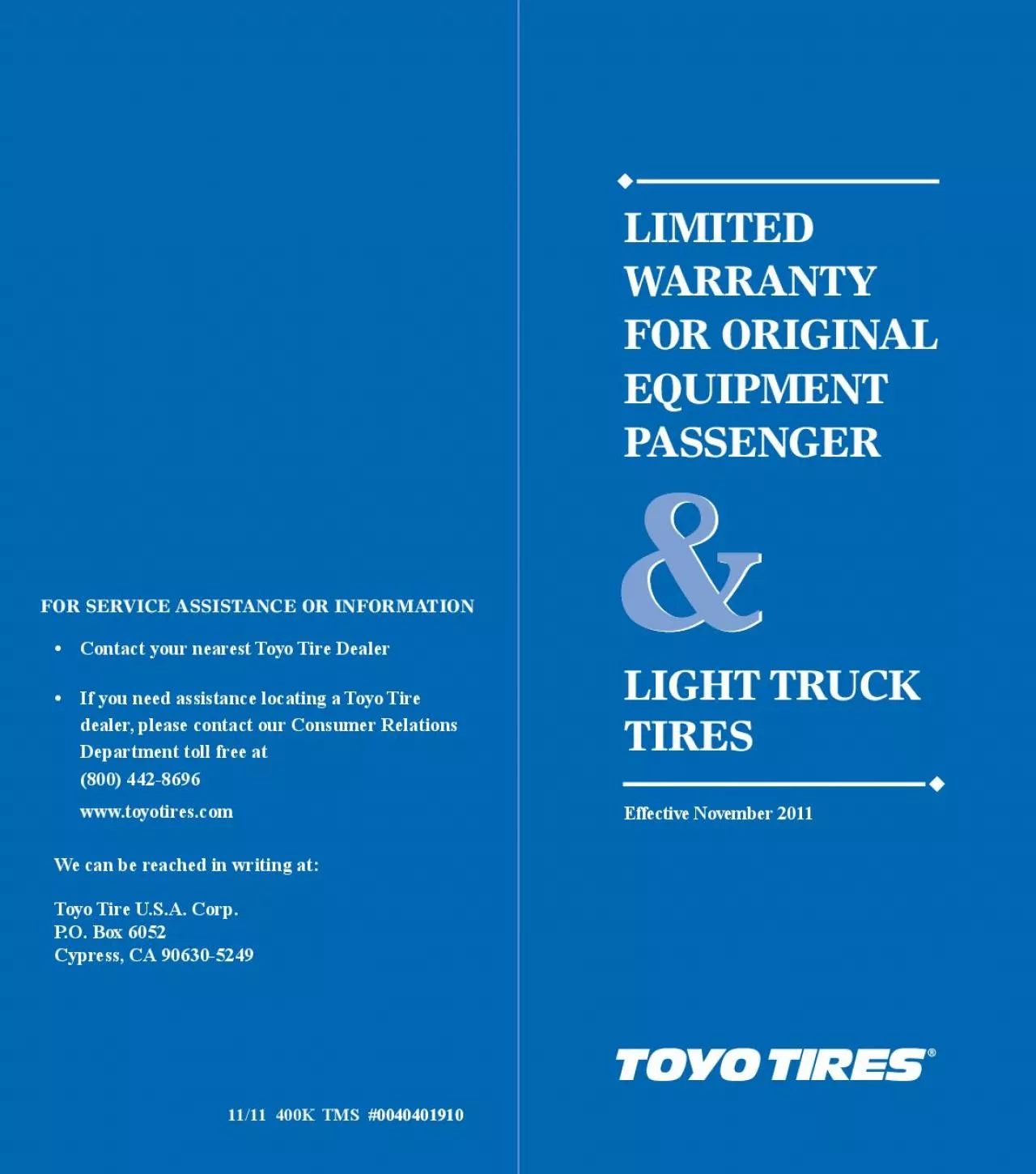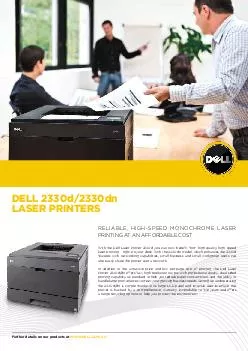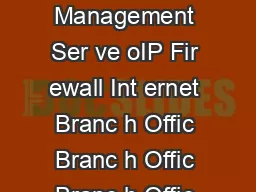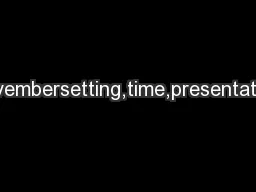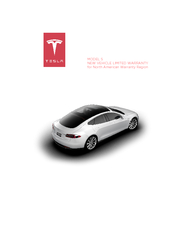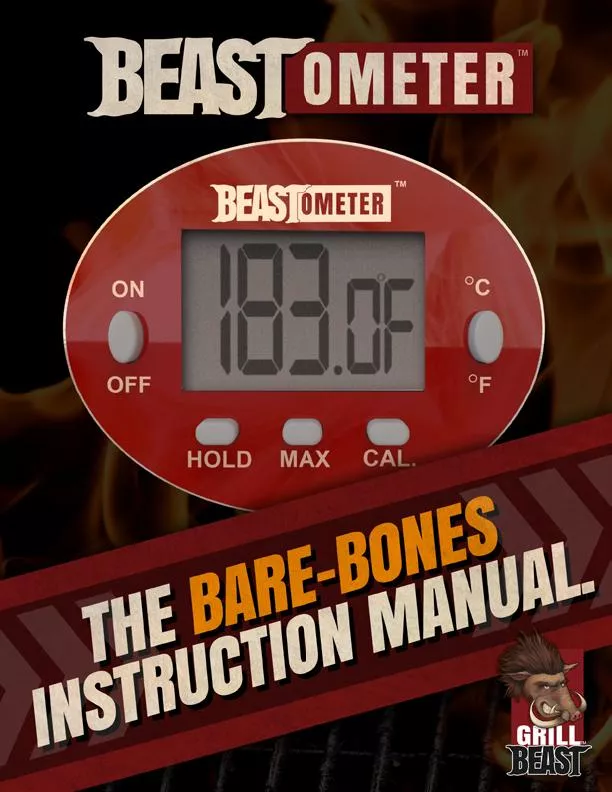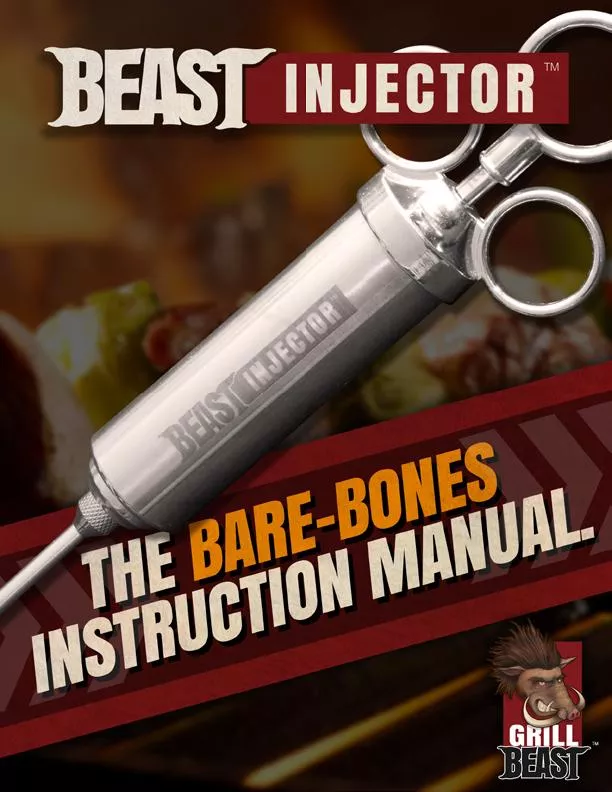PDF-WARRANTYFOR ORIGINALPASSENGERLIGHT TRUCKEffective November 2011FOR SER
Author : everly | Published Date : 2020-11-25
your nearest Toyo Toyo Tirdealer 8004428696toyotirescomTe Toyo Tir PO Box 6052Cypress 1111 400K i LIMITED WARRANTY TABLE OF CONTENTS IMITED W ARRANTY WHAT IS COVERED
Presentation Embed Code
Download Presentation
Download Presentation The PPT/PDF document "WARRANTYFOR ORIGINALPASSENGERLIGHT TRUCK..." is the property of its rightful owner. Permission is granted to download and print the materials on this website for personal, non-commercial use only, and to display it on your personal computer provided you do not modify the materials and that you retain all copyright notices contained in the materials. By downloading content from our website, you accept the terms of this agreement.
WARRANTYFOR ORIGINALPASSENGERLIGHT TRUCKEffective November 2011FOR SER: Transcript
Download Rules Of Document
"WARRANTYFOR ORIGINALPASSENGERLIGHT TRUCKEffective November 2011FOR SER"The content belongs to its owner. You may download and print it for personal use, without modification, and keep all copyright notices. By downloading, you agree to these terms.
Related Documents

